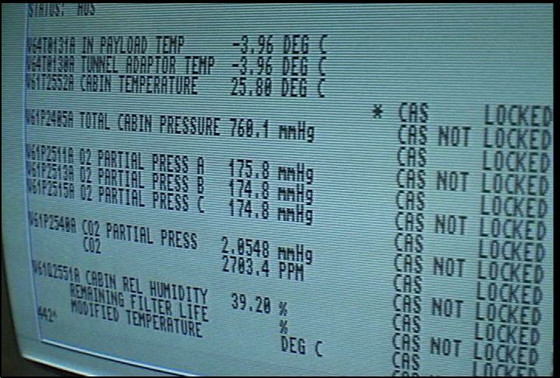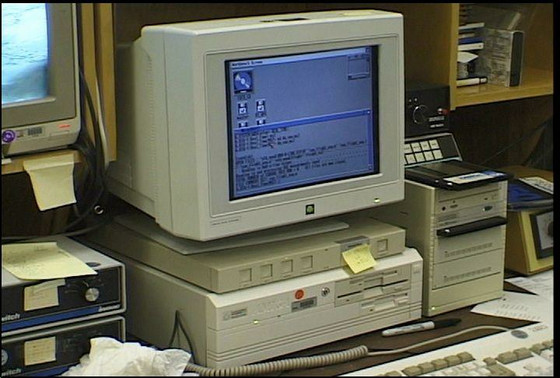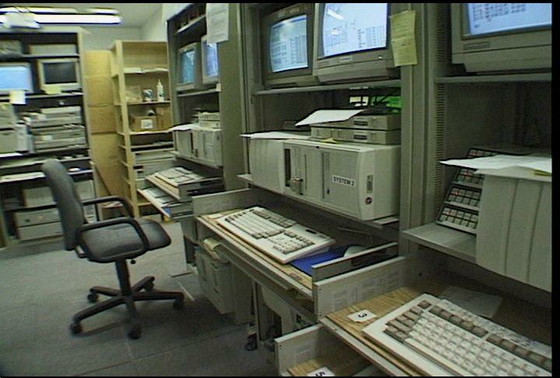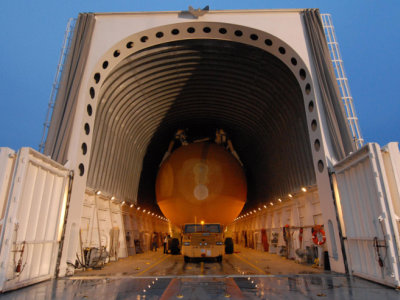It was 'Amiga' that controlled the launch of NASA's Space Shuttle.

by
The Amiga is a PC released by Commodore in the 1980s. The OS is a dedicated AmigaOS , and because it has a particularly powerful graphic function and is suitable for 3DCG and video editing, Amiga was favored mainly by creators. Such an Amiga was used as a machine to support the launch of the Space Shuttle at NASA's Cape Canaveral Air Force Base.
Amiga at NASA
http://obligement.free.fr/articles_traduction/amiganasa_en.php
According to Gary Jones, NASA's chief system engineer at Cape Canaveral Air Force Base, Amiga captures telemetry data from spacecraft and applies coefficients of up to fifth-order polynomials to optimize the data. , It seems that it was converted to engineering units so that the engineers in charge of launch could use it.

According to Jones, Apple's Macintosh was initially planned to be used, but Apple at that time did not disclose the system and did not provide NASA with the required level of information. In addition, it was decided to adopt the Amiga 1000 because there was a hardware problem with the Windows PC. NASA's top

Commodore, who had released the Amiga, was supportive of NASA staff and sent a large amount of materials that would reach 1.5 meters when stacked. He also answered all the questions from the engineer staff who had to design custom hardware based on the Amiga 1000.
'As a result, the Amiga was a good machine for processing and displaying data. The Amiga OS is very efficient and fast, with
Twenty-one Amigas were brought to NASA, seven of which were reserved for online operational support, six for data routing to remote space centers, and six for hardware and software development. rice field. In addition, the models used were mainly Amiga 2500 and Amiga 4000, the desktop environment of Amiga 2500 was Workbench 2.1, and Amiga 4000 was Workbench 3.1.
You can see how the Amiga is actually used in the NASA control room in the following movie.
Even NASA used Amiga's! --YouTube
The Amiga launch system launched Atlas-Centaur , Delta II , Delta III , Pegasus , Athena , Titan , and the Space Shuttle. Due to the structure of Amiga, all the software is linked, and if there is not too much communication, one machine could support multiple spacecraft at the same time.

Also, Amiga wasn't just in charge of the launch. For example, when the Space Shuttle Endeavor was docked in the space station meal in January 1998, after processing the data of the experiment conducted in the meal with Amiga, the data was retrieved remotely from another Amiga and ground. The work was done to reproduce the experimental environment excluding gravity by sending it to the PC in the laboratory of.
In addition, NASA abolished the use of most Amiga in 2006, and it is said that a Linux-based system is in operation at the time of writing the article.
NASA y el software libre: una historia prometedora | Linux Adictos
https://www.linuxadictos.com/nasa-software-libre-historia-prometedora.html
Related Posts:







